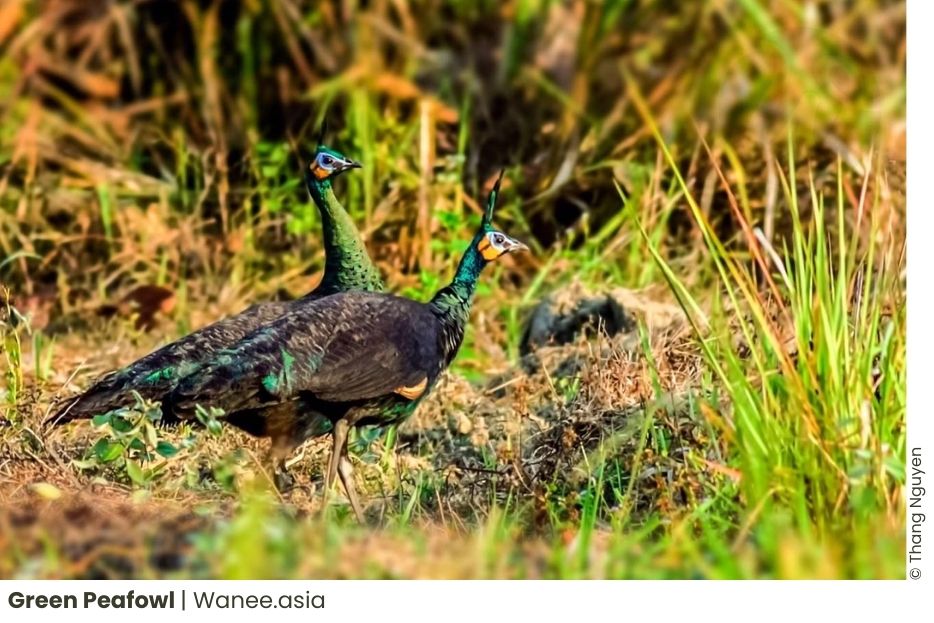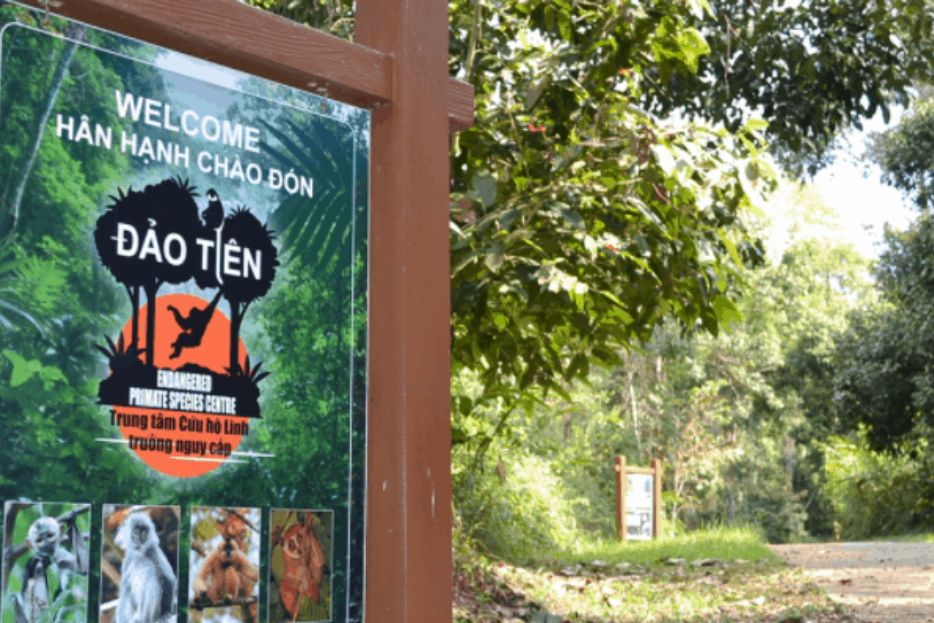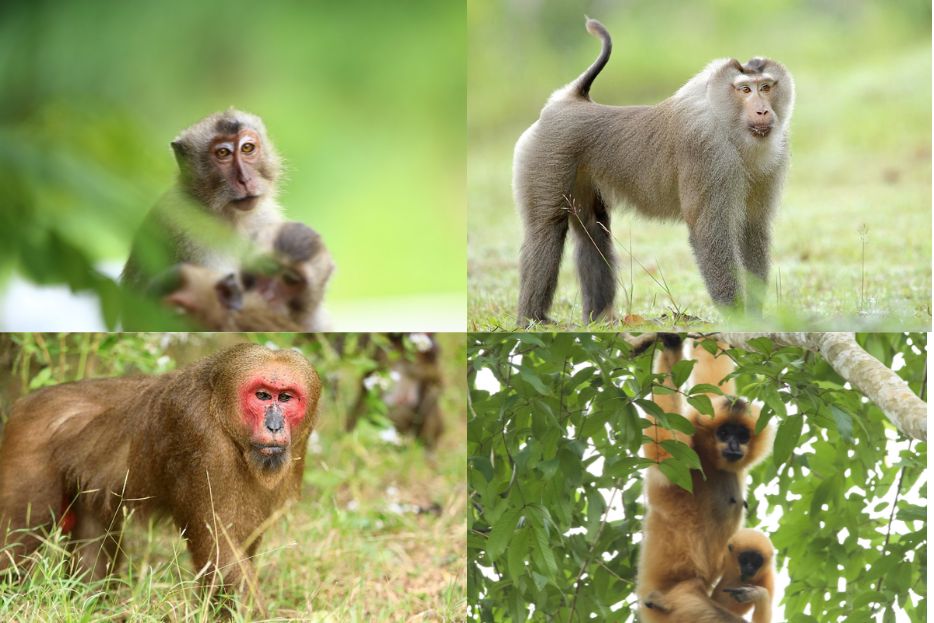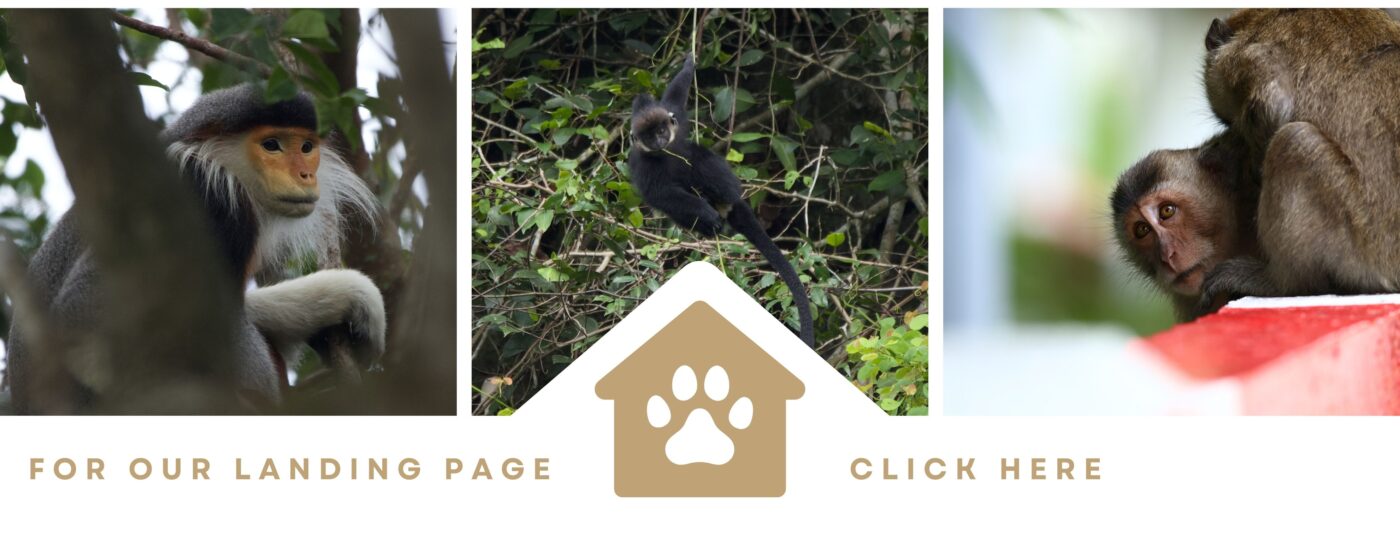Cat Tien National Park, nestled within Vietnam’s embrace, holds a storied past that spans the arcs of conservation and transformation. Initially revered as a crucial sanctuary for the endangered Javan rhinoceros, this lush expanse grappled with the imminent threat of extinction facing these majestic creatures. Battling the dual challenges of poaching and habitat degradation, the park found itself at a crossroads, confronting the fragility of its inhabitants’ future. The journey toward the Conservation of Cat Tien National Park became a pivotal force in securing a sustainable future for the diverse flora and fauna within its borders.
However, amidst these trials, a tale of resilience and adaptation took root within Cat Tien. Shedding its identity as a solitary rhino habitat, the park embarked on a profound journey of change. From its origins as a protector of a single species, it bloomed into a vibrant epicenter of biodiversity. This evolution stands as a testament to the park’s historical significance, portraying nature’s ability to rebound and flourish with the unwavering dedication of conservationists.
Today, Conservation of Cat Tien National Park serves as a thriving ecosystem, a living canvas that illustrates the transformative power of conservation efforts and the enduring resilience of the natural world. The Conservation of Cat Tien National Park is not merely a task; it’s a commitment to safeguarding the rich tapestry of life that defines this ecological haven.

This park held significant historical importance as a habitat for the Javan rhinoceros. Once considered a crucial sanctuary for these magnificent creatures, the park served as one of the last refuges for the Javan rhinos, offering a haven within its dense forests and lush landscapes. These rhinos, with their distinctive single horn and formidable presence, found solace in the protected confines of Cat Tien, relying on its abundant foliage and secluded habitats.
However, the Javan rhino population faced an array of challenges that precipitated their decline. Rampant poaching for their horns, highly valued in traditional medicine, stood as a primary threat to these majestic animals. Moreover, Conservation of Cat Tien National Park faced habitat loss due to deforestation and human encroachment, encumbering their survival. As the pristine forests of Cat Tien dwindled, the rhinos grappled with diminishing territory and resources, exacerbating their plight. The Conservation of Cat Tien National Park faced a critical juncture, where immediate action was imperative to ensure the survival of the Javan rhinos and the delicate ecosystem they inhabited.
The conservation effort for this kind of rhino failed, but its passing served as a poignant catalyst, a call to action echoing beyond the park’s borders. The death of the last known Javan rhinoceros in Cat Tien National Park in November 2011 served as a solemn reminder of the fragility of this iconic species and the challenges faced in its conservation. However, this heartbreaking loss wasn’t the end but a turning point in Cat Tien’s conservation journey.
In the wake of this tragic event, a renewed sense of urgency emerged, galvanizing Conservation of Cat Tien National Park organizations, dedicated individuals, and governmental bodies into action. The loss of the Javan rhino served as a rallying cry, propelling intensified efforts to protect the remaining biodiversity within the park. Conservation of Cat Tien National Park, Conservationists and local communities redoubled their commitment, focusing on broader conservation strategies aimed at safeguarding not just one species but the entire ecosystem. The Conservation of Cat Tien National Park faced a critical juncture, where a unified front was imperative to preserve the delicate balance of nature in this unique sanctuary.
Partnerships between international conservation bodies, local organizations, and governmental agencies strengthened. Anti-poaching measures were bolstered, habitats were restored, and comprehensive monitoring and research initiatives were launched. While the loss of the Javan rhino was a devastating blow, it sparked a resurgence of determination, prompting innovative approaches and collaborative efforts to revitalize Cat Tien National Park.
The park has witnessed several inspiring success stories and milestones in biodiversity conservation, showcasing the resilience of nature and the impact of concerted conservation efforts.
The recovery of the Siamese crocodile stands as a significant achievement in the Conservation of Cat Tien National Park. Once on the brink of extinction in Vietnam, the Siamese crocodile population has seen notable resurgence within Cat Tien. Conservation programs focusing on habitat restoration, captive breeding, and protection measures have contributed to this success. Through these efforts, the crocodile’s population has shown signs of stability, marking a significant milestone in the Conservation of Cat Tien National Park. The dedicated work of conservationists and the collaboration with local communities underscore the importance of sustained efforts to ensure the continued well-being of the Siamese crocodile and the overall ecological health of Cat Tien National Park.

Additionally, the park has seen remarkable progress in the recovery of certain bird species. The successful conservation efforts to protect species like the green peafowl have been noteworthy. Initiatives such as habitat restoration, protection from poaching, and community engagement have aided in stabilizing their populations within the park, offering hope for their continued survival.

Moreover, Cat Tien’s biodiversity conservation initiatives have witnessed the return of various primate species to healthier population levels. Through habitat restoration and anti-poaching measures, populations of gibbons, macaques, langurs, and lorises have shown signs of recovery, indicating the positive impact of sustained conservation efforts on these charismatic species.

Responsible ecotourism has played a pivotal role in Cat Tien National Park’s conservation success, aligning the interests of visitors with the preservation of its biodiversity. The park has embraced sustainable tourism practices, emphasizing minimal environmental impact, education, and support for local communities.
Tourism revenue forms a crucial financial pillar supporting the Conservation of Cat Tien National Park. Funds generated from park entry fees, guided tours, accommodations, and other tourism-related activities contribute directly to Conservation of Cat Tien National Park initiatives. These funds finance anti-poaching patrols, habitat restoration projects, wildlife monitoring, and community engagement programs. Thus, visitors’ contributions directly translate into tangible efforts aimed at protecting the park’s biodiversity and supporting the long-term Conservation of Cat Tien National Park.
Visitors to Cat Tien can immerse themselves in a range of ecotourism experiences while contributing to conservation efforts. Guided wildlife safaris offer opportunities to spot diverse fauna, including gibbons, macaques, and a variety of bird species. Educational programs and guided tours educate visitors about the park’s ecosystems, biodiversity, and conservation challenges, fostering an understanding of the importance of preserving these natural habitats.

Read more: 7 Primate species in Cat Tien national park
Furthermore, engaging in responsible activities like nature walks, birdwatching, and guided treks allows visitors to appreciate Cat Tien’s natural beauty while contributing to its conservation. Visitors’ participation in these experiences not only enriches their understanding of the park’s ecological significance but also directly supports ongoing conservation efforts, ensuring the park’s sustainability for future generations.

Cat Tien National Park’s conservation journey is a testament to the remarkable resilience of nature and the unwavering dedication of conservationists. From a critical rhino habitat to a thriving hub of biodiversity, the park has undergone a transformative evolution. Despite challenges like habitat loss and poaching, dedicated conservation efforts have led to notable successes, including the recovery of species and the preservation of diverse ecosystems. Ultimately, it showcases the harmonious synergy between responsible ecotourism and conservation, inviting visitors to explore and appreciate its biodiversity while actively contributing to its preservation.
Visit the main page of Cat Tien National Park
Crocodile Trail – The Best Birding Trail in Cat Tien National Park
If you’re a birder or nature photographer planning a trip to Vietnam, few places offer [...]
Cong Troi Trail – Top 1 Dalat Plateau Birding Trail Experience
If you’re a birder or nature photographer planning a trip to Vietnam’s Central Highlands, the [...]
How to Identify the Greater Sand Plover, Tibetan Sand Plover and Siberian Sand Plover
Identification Differences within the Sand Plover Complex: The sand plover group, which was traditionally divided [...]
Highlights of Cat Tien National Park Reptiles and Amphibian Endemics
Spanning over 71,350 hectares of tropical forests, grasslands, and wetlands, Cat Tien National Park is [...]
Highlights of Cat Tien National Park Mammals in a World Biosphere Reserve
In addition to reptiles and birds, Cat Tien National Park is also rich in mammals, [...]
Kontum Plateau Endemic and Highlight bird
Kontum Plateau Endemic And Highlight Bird species like Chestnut-eared Laughingthrush and top birding routes while [...]